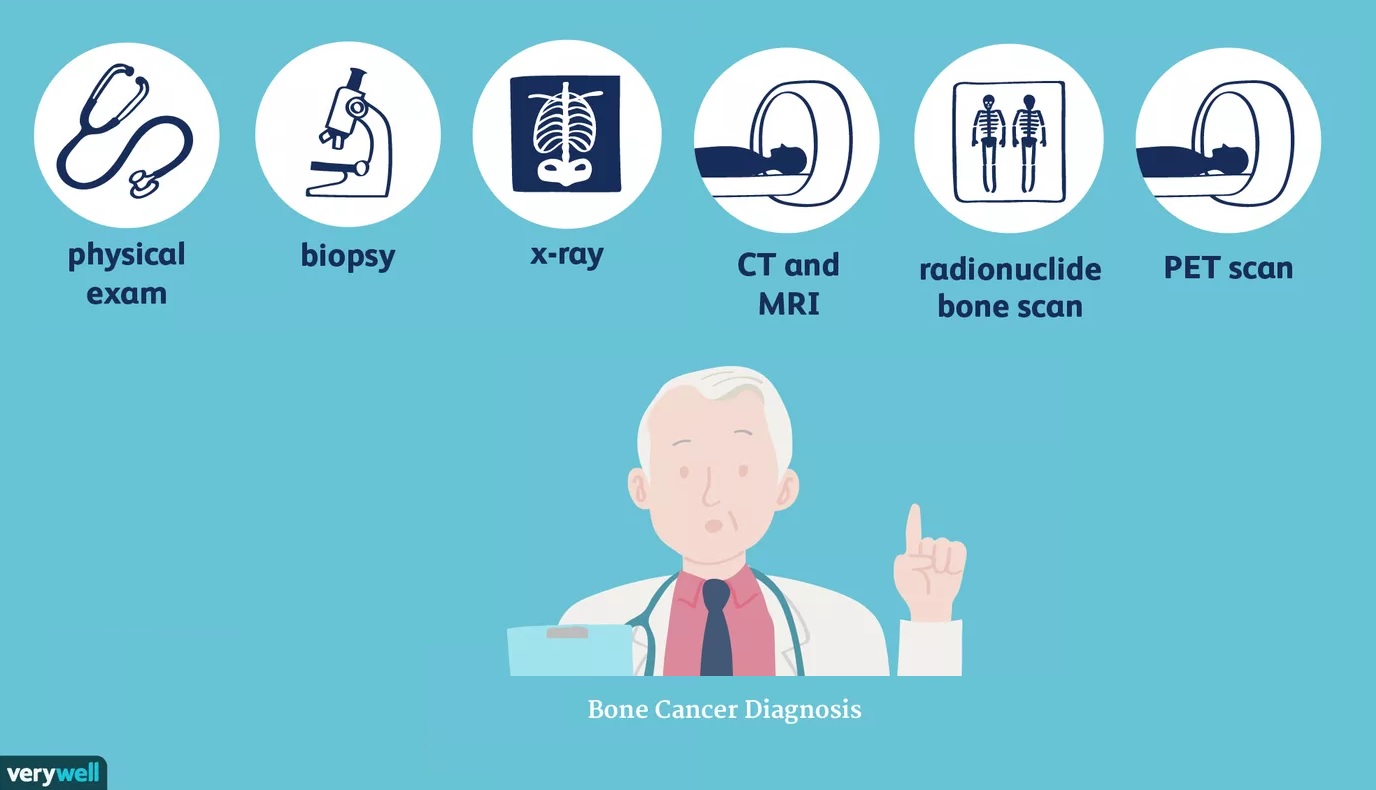
Imaging Modalities used in the Diagnosis of Skeletal Metastasis
- Post by: Editor
- February 25, 2021
- Comments off
The best diagnostic imaging method for Skeletal Metastasis is a combination of the available imaging modalities. For example, bone scintigraphy must be used alongside FDG- PED in order to ensure accurate diagnosis and detection of the bone metastases. This is because bone scintigraphy is the most sensitive and cost effective method, but it is not that accurate.
Choosing the right Imaging Modality for Skeletal Metastasis
Read this also: Skeletal Metastasis in Soft Tissue Sarcoma and its Diagnosis
Two essential points to consider when choosing the right diagnostic imaging modality are:
- Cost-effectiveness and
- Accuracy
This will enable effective medical treatment of the patient.
What are the symptoms of Skeletal Metastasis?
Furthermore, the most common signs of Skeletal Metastasis are pain, fracture, spinal cord compression. Bone pain is often the first symptom of bone involvement. Also, 75% of the patients of bone metastases experience bone pain. This bone pain is sometimes caused by direct infiltration of nerves. According to Meijer et al, there is a correlation between the location of bone metastasis and bone pain.
Moreover, bone metastases can often weaken bones and cause pathological fractures, which are very painful.
According to Meijer et al, there is a correlation between the location of bone metastasis and bone pain.
Read ”Diagnostic Imaging Modalities for Skeletal Metastasis in Soft Tissue Sarcoma” for a complete and comprehensive study on the diagnosis of skeletal metastasis.
Types of Imaging modalities
Imaging techniques play an essential part in detection, follow-up, monitoring and planning treatment of bone metastasis patients. The most common type of imaging technique used in finding Skeletal Metastasis in Soft tissue sarcoma (STS) patients are as follows:
- Radiography
- Bone scintigraphy
- Computed tomography (CT) scanning
- Radioisotope scanning’s like PET
- Magnetic resonance imaging (MRI).
Radiography as an imaging modality for Skeletal Metastasis
It is cheap and fast but shouldn’t be used for the detection of bone metastases. This is because it is not very sensitive.
CT (computed tomography)as an imaging modality
CT can detect the bone metastases in the bone marrow before bone destruction has occurred, so it is very useful. But it is not used because of being highly time consuming. It also caused a high level of exposure to radiation.
Bone scintigraphy as an imaging modality
It is more sensitive than both radiography and CT in detecting the bone metastases in bone marrow. But it is low in specificity so cannot always be relied on. However it is the most cost-effective whole body imaging technique for bone metastases.
PET with FDG as an imaging modality
Positron emission tomography (PET) especially with 18F-fluorodeoxyglucose (FDG) is a method that provides high accuracy in detected bone metastases. But it is very expensive and also takes a long time.
MRI as an imaging modality
MRI is a fast and simple modality for evaluating the axial skeleton (the part of the skeleton that includes the skull and spinal column and sternum and ribs).
FDG-PET is the most sensitive imaging modality for bone metastasis
A study conducted by Daldrup-Link et al showed that FDG-PET has the highest sensitivity (86%) when compared with MRI (82%) and bone scintigraphy (71%) .
Reference:
